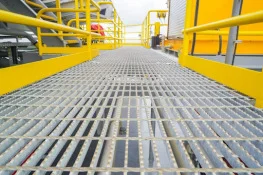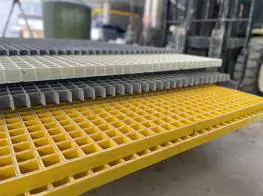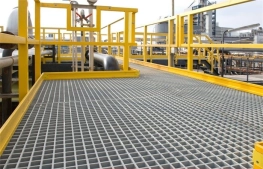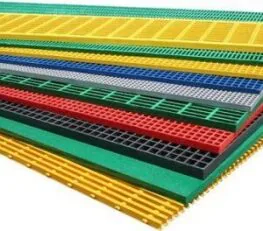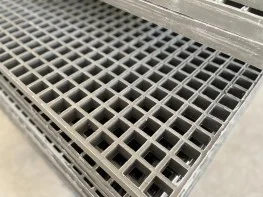Composite Grating Standards in Industry
In the industrial sector, choosing the right building materials not only optimizes the production process but also ensures workplace safety. Composite grating floors are one of the most popular materials due to their outstanding advantages such as high durability, corrosion resistance, and lightweight.
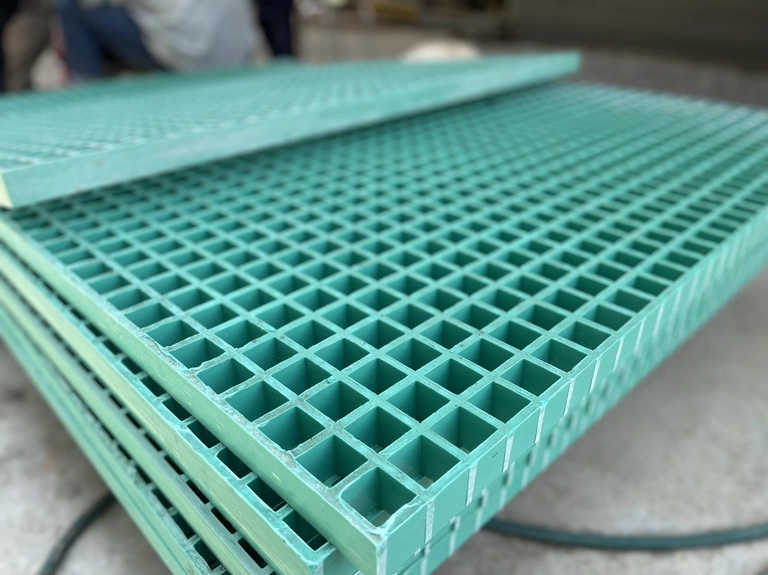
However, to ensure quality and performance, strict standards must be followed during the production and installation of composite grating floors.
Understanding the advantages of composite grating floors and how to install and maintain them according to the standards will help businesses optimize costs and increase product lifespan.
1. Material standards
Fiberglass and polymer plastic are the two main components in the production of composite grating floors. Material standards require that fiberglass must have high tensile strength and good corrosion resistance.
The polymer plastic used in the floor must have heat resistance, chemical resistance, and good mechanical strength. The quality of these materials directly affects the performance and lifespan of the floor.
This also plays a crucial role in the installation process of grating floors, helping to ensure the solidity and safety of the project.
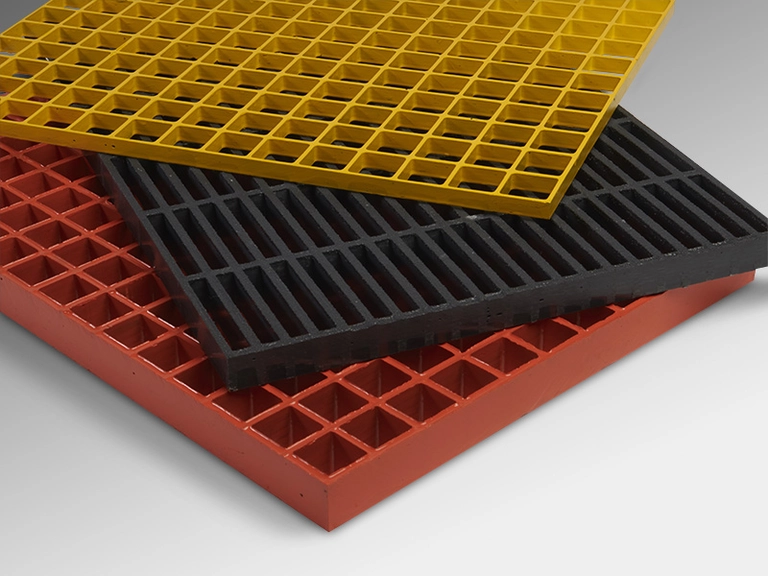
1.1. Durability and lifespan requirements
The fiberglass must meet high mechanical strength requirements to withstand the forces during use. In addition, the polymer plastic must be highly stable, not changing when exposed to chemicals in industrial environments, helping to extend the floor's lifespan.
This is one of the advantages of composite grating floors compared to other materials like steel or iron.
2. Size and design standards
The size and design of the floor must meet international standards such as ISO 14122-2 and ASTM E84. These standards specify the size of the grid openings, the thickness of the crossbars and longitudinal bars, as well as the floor’s load-bearing capacity.
To ensure labor safety, the floor surface must be roughened or have ridges to prevent slipping.
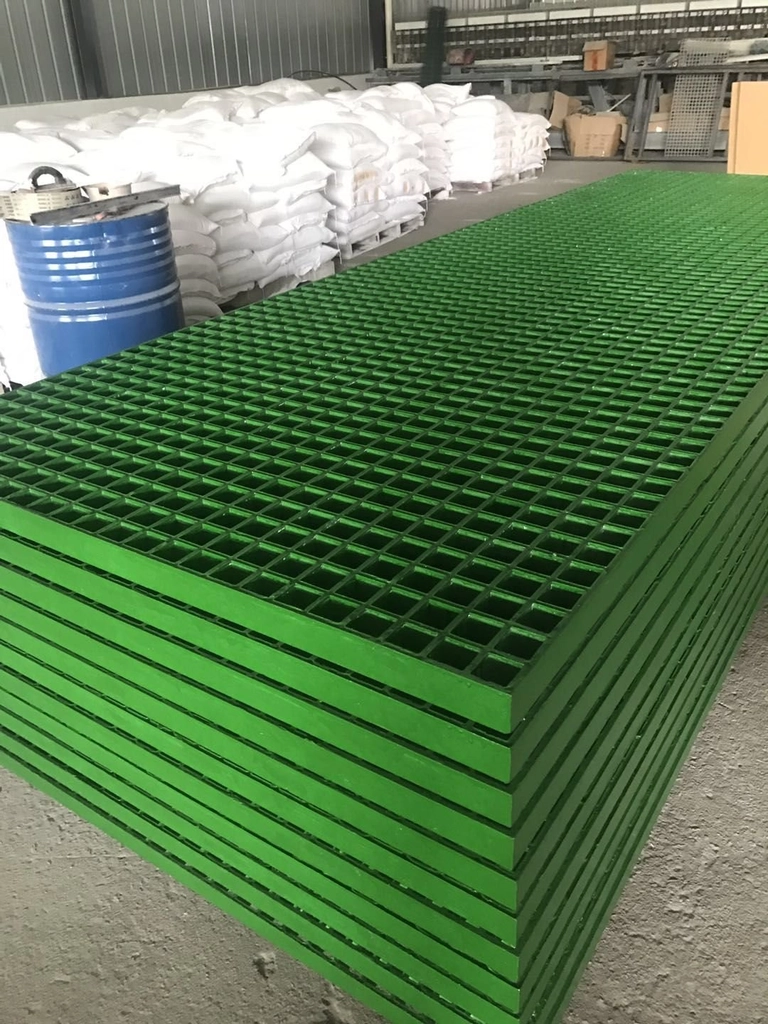
2.1. Ensuring safety in design
The design of composite grating floors not only focuses on durability but also on safety aspects.
Making the surface rough or adding ridges helps improve grip, preventing slipping during use, especially in wet or oily environments.
This is crucial for composite grating floor applications in heavy industries, where workplace safety is a top priority.
3. Installation standards
The installation of the floor must strictly follow guidelines regarding the spacing of supporting bars, bolt sizes, and how to secure the floor to the structure.
The distance between support bars must be carefully calculated based on the floor’s load-bearing capacity. Bolts and other fasteners must be made of corrosion-resistant materials to ensure durability and safety in industrial environments.
In particular, the installation process of grating floors must be carried out by trained technicians to ensure maximum quality and safety.
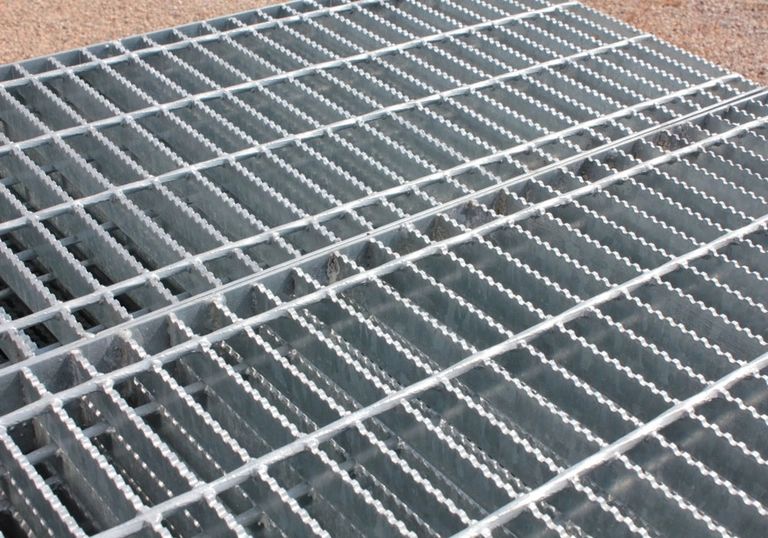
4. Maintenance and inspection standards
To ensure the lifespan and performance of composite grating floors, regular maintenance and inspection must be carried out according to standards such as ISO 9001.
Inspections should focus on factors such as corrosion resistance, load-bearing capacity, and the surface condition of the floor. Regular maintenance includes cleaning the surface, checking, and replacing damaged parts to ensure labor safety.
This not only helps maintain the floor’s performance but also extends the product’s lifespan, minimizing additional costs due to damage or replacement.
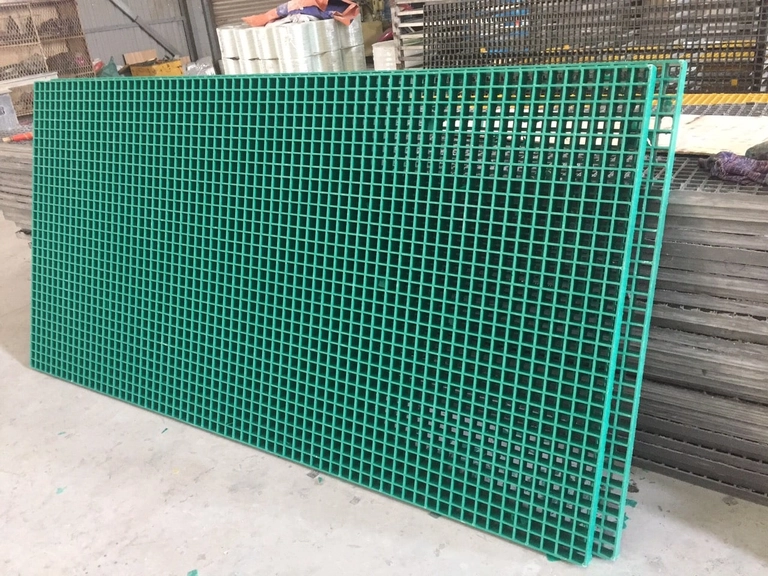
5. Advantages of composite grating floors compared to metal floors
When compared to metal floors, composite grating floors offer many superior advantages. First, the corrosion resistance of composite grating floors is far better than that of metal floors, especially in harsh chemical environments.
Second, the lightweight nature helps reduce the load on the structure, making transportation and installation easier. Finally, their high durability and low maintenance costs help save on operational costs in the long term.
Additionally, maintenance of composite grating floors is simpler and less expensive, as it does not rust like metal floors.
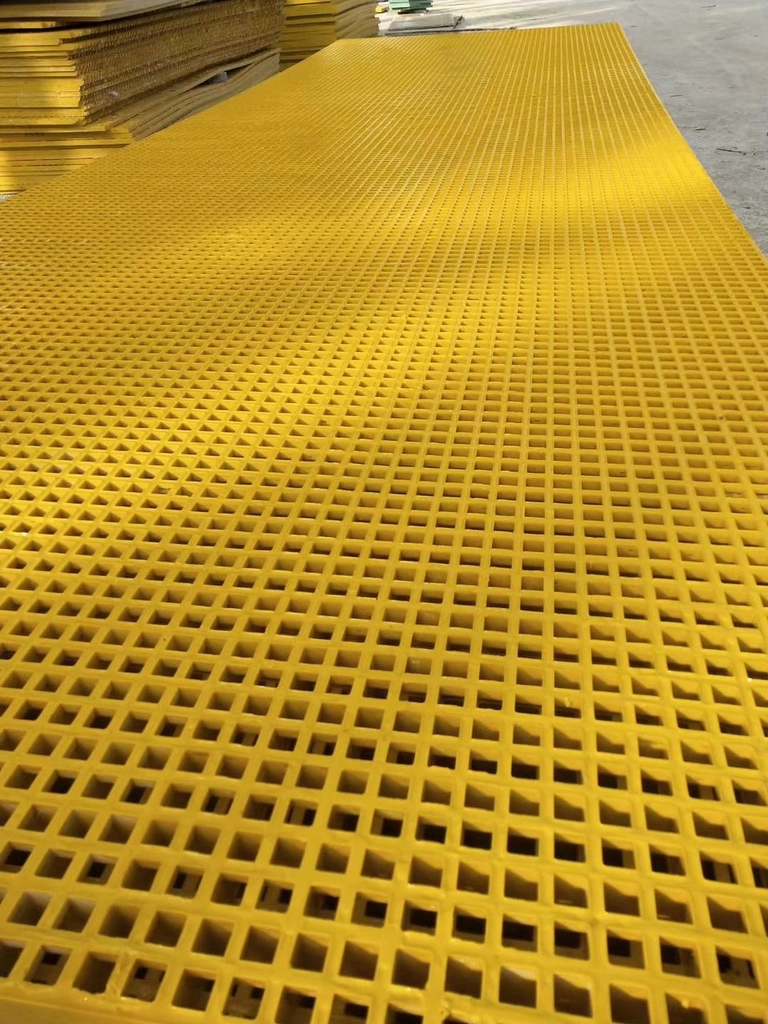
5.1. Applications in harsh environments
Composite grating floors are particularly suitable for environments with high humidity, chemicals, or harsh weather conditions. Their ability to resist corrosion from the environment helps the floor maintain its durability over many years of use without requiring frequent maintenance, unlike metal floors.
This makes composite grating floors an ideal choice for composite grating floor applications in chemical manufacturing plants or wastewater treatment facilities.
6. Applications of composite grating floors in industry
Thanks to their superior advantages, composite grating floors are widely used in various industrial fields such as chemicals, oil and gas, food processing, and wastewater treatment.
Areas with high corrosive environments, such as chemical manufacturing plants or wastewater treatment facilities, often prefer using composite grating floors to ensure durability and safety.
In particular, compared to other types of floors, maintenance of composite grating floors in these environments is much easier, saving time and costs.
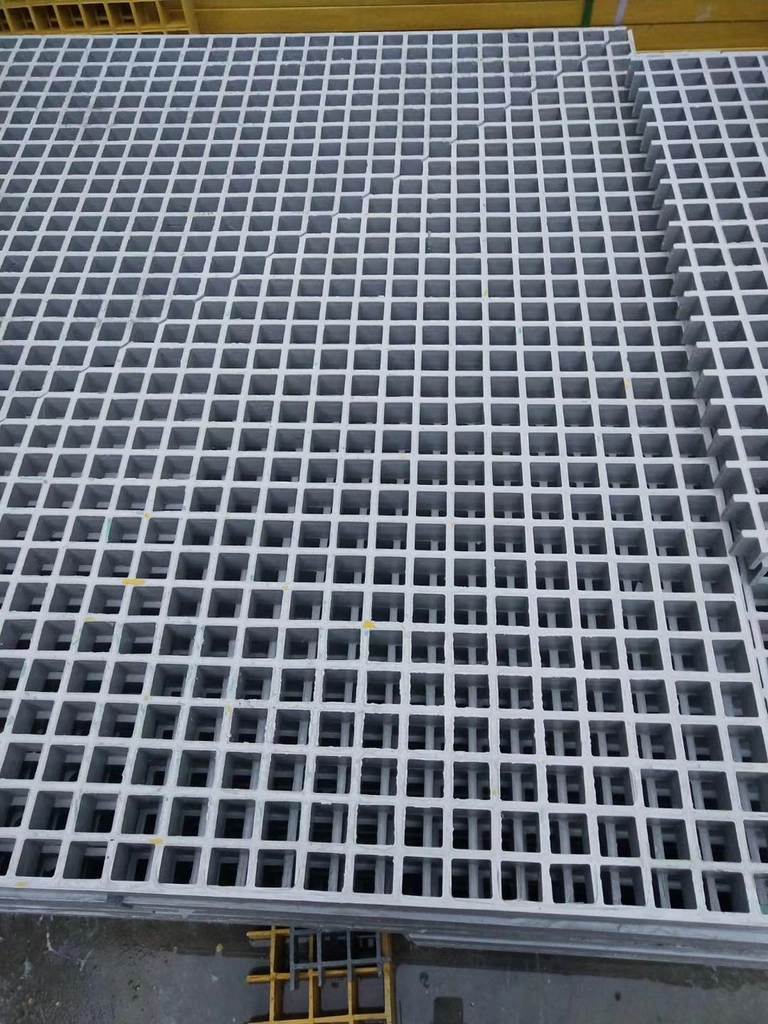
Adhering to the standards when choosing and installing composite grating floors not only ensures performance but also increases lifespan and reduces maintenance costs.
With its outstanding advantages, composite grating floors are increasingly being used in industrial environments that require high durability and safety.
Furthermore, understanding and applying the correct installation process of grating floors as well as maintenance of composite grating floors will help optimize usage performance and increase the lifespan of the project.



